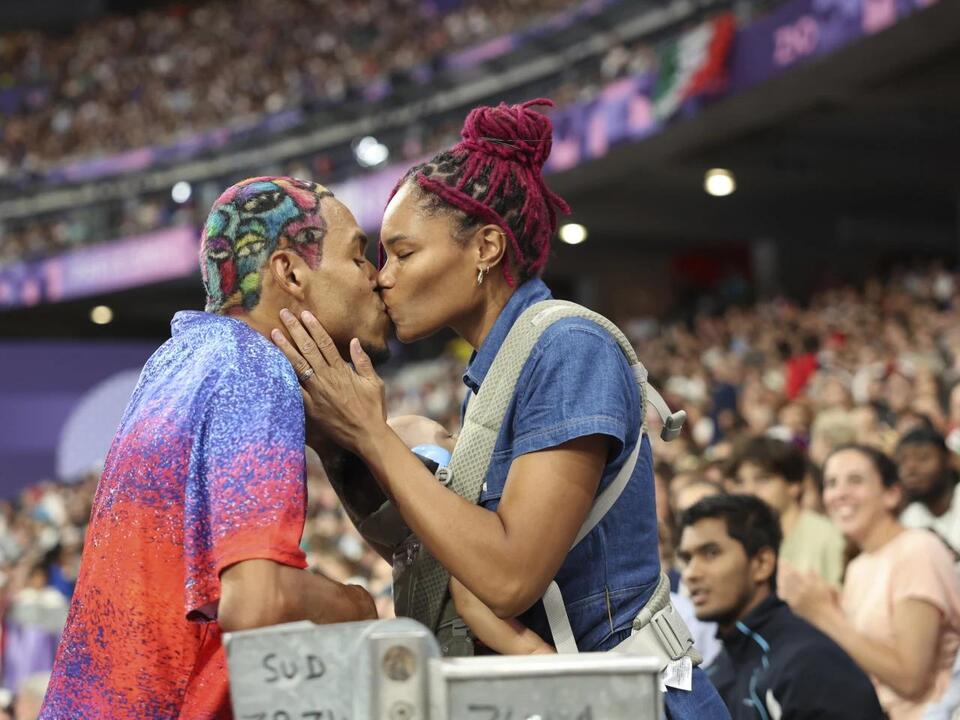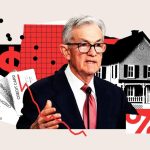Physical Address
304 North Cardinal St.
Dorchester Center, MA 02124
Physical Address
304 North Cardinal St.
Dorchester Center, MA 02124

PARIS — Gold medalist high jumper Roderick Townsend and flag bearer for Team USA, sitting volleyball athlete Nicky Nieves, have had unique journeys leading up to the Paris Paralympics. Despite their different paths, both athletes highlight a significant issue: the underrepresentation of Black athletes and people of color within the Paralympic community compared to their Olympic counterparts. They attribute this disparity to several factors, including financial barriers, the stigma associated with disabilities, and limited access to para sport training facilities.
Nieves emphasizes the importance of representation, stating, “I want us to be as represented as much as possible. I’m a firm believer of, ‘If you can see her, you can be her.’” This sentiment echoes deeply among those in the community who are striving for wider visibility and access for athletes with disabilities.
The data provided by the U.S. Olympic and Paralympic Committee reveals a concerning trend: in the current roster, 64% of the Olympic team identifies as white, while 68.6% of the Paralympic team falls into the same category. The representation of Black athletes is notably lower in the Paralympics, with only 12.7% of the team identifying as Black, compared to 17.8% on the Olympic roster. In total, there are 28 Black athletes competing on the Paralympic team, which consists of 220 members, compared to 106 on the Olympic side.
This disparity in representation raises questions about visibility in the sports community. For instance, on the Paralympic track and field team, more than a dozen athletes are people of color. However, other teams may not reflect the same diversity, raising awareness on the need for change.
The men’s wheelchair basketball roster notably includes two accomplished Black players, Trevon Jenifer and Brian Bell. Whitney Dosty, who is also competing, noted her awareness of the representation issue but could not pinpoint a specific reason for the current demographics.
Financial limitations serve as one of the biggest hurdles for aspiring athletes. Sprinter Brittni Mason, who won a silver medal in Paris, pointed out that not all athletes have access to lucrative sponsorship deals that can significantly differ between individuals. “Every athlete’s completely different based on sponsors, how long they’ve been in the sport. Financials are definitely a hurdle,” she said.
The sacrifices made by Paralympians to compete competitively are immense. For example, Townsend and his wife, Olympian Tynita Townsend, moved from Louisville to Arizona seeking a more robust sports culture and better access to quality training facilities. Nieves also depends on support from organizations like the Challenged Athletes Foundation to manage travel and competition-related expenses.
Statistics from the Centers for Disease Control in 2017 indicated that approximately one in four Black individuals live with a disability, while the equivalent for whites is one in five. Moreover, a report from the White House in 2023 revealed alarming economic statistics: the poverty rate for Black people with disabilities is 36%, which is the highest among any demographic. Given the considerable costs associated with disability care, this creates additional financial strain for families seeking to promote both able-bodied and para-sport aspirations.
Accessibility to para clubs is another major concern. Many athletes are forced to relocate or travel long distances to reach training facilities that support disabled athletes. Bell commented on his luck in having training facilities like the Lakeshore Foundation close to him. “Most people are not able to have those type of facilities, just right in their backyard,” he said.
Reflecting on his own experience, Townsend shared the critical impact of stigma within the Black community. Many may feel hesitant to pursue para sports for fear of missing out on traditional opportunities. “Nobody would have blamed me if I said, ‘I just want to pursue an Olympic career,’” said Townsend, who lives with an upper right shoulder impairment after sustaining nerve damage at birth. He is thankful that he chose the path of para sports, acknowledging the meaningful connections he has built along the way.
While athletes like Nieves are using their voices to advocate for increased representation of people of color within para sports, they often face challenges in creating opportunities for these individuals to engage in para athletic endeavors. Townsend and Mason both experienced being discovered through able-bodied competitions, a key moment that shifted their journey into para sports.
As the Paralympic Games come to a close, Team USA is gearing up for the Los Angeles Games in 2028. There is optimism about the potential for greater representation of Black athletes in the para sports community. “We’re going to see a lot of representation from a lot of demographics,” Townsend expressed confidently, emphasizing an exciting future for the sport.
In battling the challenges posed by economic and accessibility factors, Paralympians are committed to using their experiences to promote awareness and inspire the next generation of athletes. “It is just as much about exposure and finding para sports,” Townsend remarked, underscoring the importance of outreach efforts.
As they look ahead, both Townsend and Nieves recognize the critical role representation plays in shaping opportunities for aspiring athletes. Their commitment to advocacy and support for their communities remains unwavering.
Source: AP



